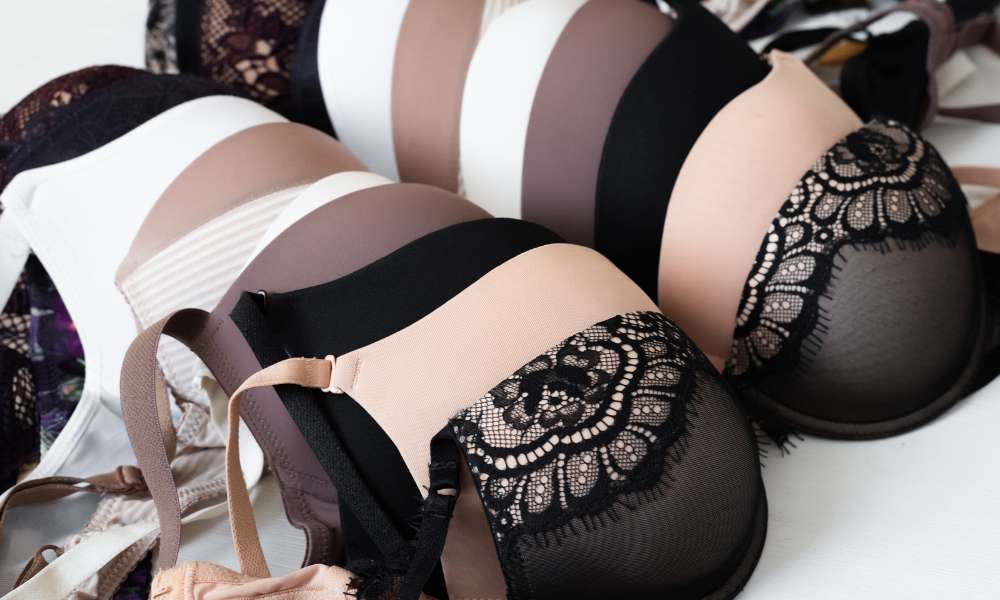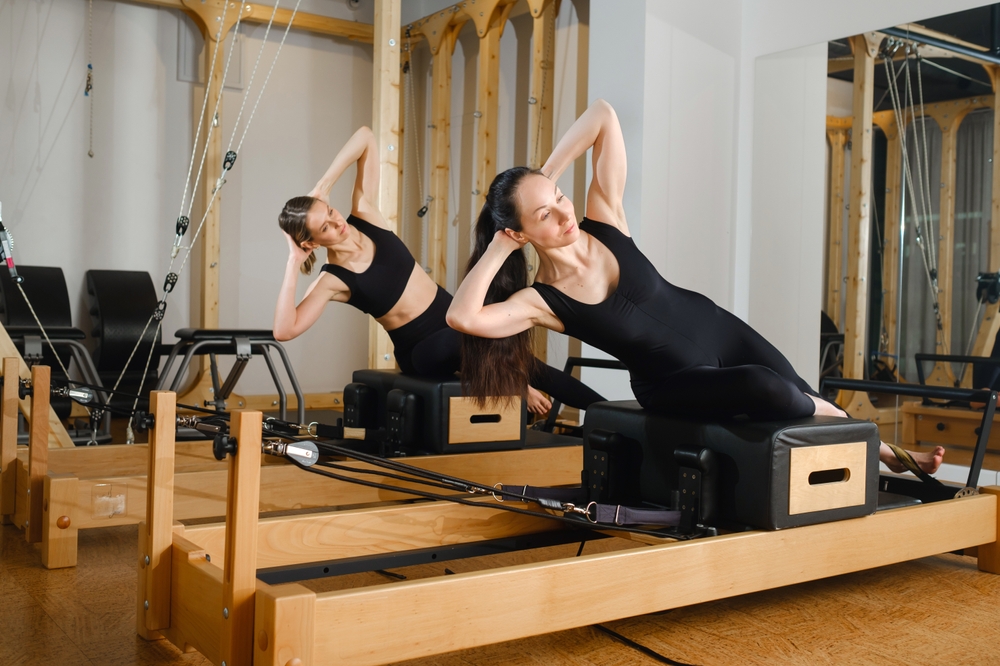Lace Bras: Design, Fit, and Care Guide
Lace bras combine decorative fabric with functional support, offering a mix of texture, shape, and aesthetic appeal. Whether chosen for everyday wear or special occasions, lace designs vary widely in pattern, construction, and fit. This article explains how lace bras differ from other styles, how to choose the right size, and how to care for delicate lingerie.

Lace: materials and common patterns
Lace used in bras ranges from simple embroidered nets to denser guipure and Chantilly-inspired motifs. Many lace fabrics are blends of nylon, polyester, and elastane to balance durability with stretch. The pattern and openness of lace affect breathability and how the bra looks under clothing; fine, sheer lace creates a delicate silhouette, while heavier lace adds more texture and coverage. When shopping, inspect the lace’s stretch and backing—some designs include a soft lining or mesh underlay to increase opacity and comfort.
Aside from aesthetics, lace choices can influence long-term wear. Heavier, reinforced lace holds shape better over time, while ultra-fine lace may require gentler laundering. Seams and trim are also important: smooth lace edges and flat seams reduce friction under garments and can make lace bras more versatile for daily wear.
Bras: styles and support features
Lace bras come in many structural styles: balconette, plunge, full-cup, bralette, and t-shirt variations, among others. Each offers different levels of coverage and support. For example, full-cup lace bras typically provide more coverage and support for larger busts, while bralette styles prioritize comfort and a less structured shape. Underwire, wider bands, and adjustable straps contribute to support; lace alone rarely provides the same structural support as sturdier fabrics unless reinforced with internal linings or boning.
When considering a lace bra, think about how you intend to wear it. A lace overlay on a molded cup can offer a smooth outer line with the decorative element on top, whereas unlined lace cups emphasize natural shape and breathing. Choose styles that match your needs for lift, separation, and neckline compatibility.
Lingerie: styling and outfit pairing
Lace bras are staples of lingerie wardrobes because they pair well with both intimate and outerwear looks. Sheer lace can be layered under low-cut tops or silk blouses for a deliberately visible detail, while lace-trimmed bras can remain discreet beneath knitwear. Color and scale matter: monochrome lace in neutrals is easier to hide, while contrasting or brightly colored lace can be used as a fashion element.
Consider neckline and fabric weight when pairing lingerie with clothing. Plunge lace bras suit deep V-necks, balconette lace works well under boat or square necklines, and longline lace bras can double as layering pieces under blazers. For formalwear, a lace bra with smooth edges and minimal bulk helps garments drape correctly.
Woman: fit, sizing, and comfort tips
Proper fit is essential for comfort and function. Many women find that sizing can differ between brands, particularly with lace styles that may be stretched or cut differently. Key fit indicators include a snug but comfortable band that sits level, cups that contain breast tissue without spillage or gaps, and straps that don’t dig into the shoulders. Because lace can be less forgiving than thicker fabrics, consider trying both your usual size and adjacent sizes to account for differences in stretch and construction.
Measure periodically, especially after weight changes or pregnancy, since body shape can shift. If possible, try on lace bras in the same types of clothing you normally wear to check for visible lines or coverage issues. For added comfort, look for lace bras with lined cups, soft underband finishes, or adjustable features that let you fine-tune the fit.
Underwear: washing and long-term care
Lace lingerie requires mindful care to extend its lifespan. Hand washing in cool water with a gentle detergent is the safest method; if using a machine, place lace bras in a mesh laundry bag and select a delicate cycle with low spin. Avoid bleach and fabric softeners, which can break down fibers and elastic. Always reshape cups and lay bras flat to dry rather than using a dryer, which can warp underwires and degrade elastic.
Storage also matters: stack or hang lace bras so cups keep their shape and delicate trims aren’t crushed. Periodically inspect elastic bands and hook-and-eye closures for wear; replacing bras when support diminishes helps maintain comfort and posture. Treat stains gently and avoid rough handling of lace trims to prevent snags.
Conclusion
Lace bras bring a combination of ornamentation and utility to lingerie, with choices that span delicate bralettes to structured, supportive designs. Understanding lace materials, bra construction, and how each interacts with fit and clothing will help you select lingerie that suits both comfort and style needs. Regular measurement, careful laundering, and attention to construction details extend the usefulness of lace underwear and ensure that the pieces remain both functional and visually appealing.






